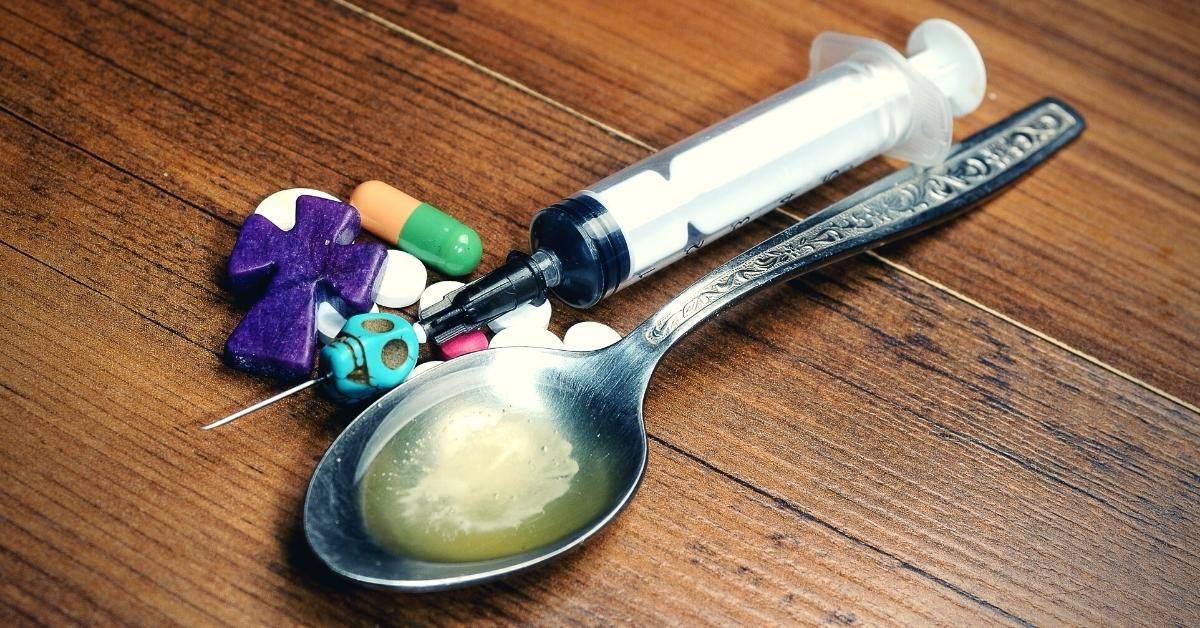When a person is arrested for an alleged drug crime in Texas, numerous factors can impact the potential sentence that individual receives if he or she is convicted. In addition to the alleged drug activity and the amount of the controlled substance involved, the classification of the drug under state law also factors into the grading of the alleged crime.
While controlled substances are classified into five categories called “schedules” under federal law, Texas divides controlled substances into six penalty groups. The specific penalty group that an illegal drug is classified under can be enormously important in determining the severity of the criminal charges, although certain aggravating factors can lead to enhanced charges in some cases.
Drug Penalty Groups Crimes Defense Lawyer in Irving, Dallas, Carrolton, Richardson, TX
Were you arrested in North Texas for any kind of alleged crime involving a controlled substance? You should not say anything to authorities until you have contacted Law Offices of Richard C. McConathy.
Contact the Law Offices of Richard C. McConathy today at (972) 233-5700 for a consultation about your alleged offense in Irving, Dallas, Carrolton, Richardson, and surrounding areas of Dallas County, Texas. Our firm will work to potentially get your criminal charges reduced or dismissed.
Texas Drug Penalty Groups Classifications
Chapter 481 of the Health and Safety Code is known as the Texas Controlled Substances Act. Sections 481.102 through 481.105 sort controlled substances into the following penalty groups:
- Penalty Group 1 — Includes cocaine, flunitrazepam (Rohypnol), methamphetamine, gamma hydroxybutyric acid (gamma hydroxybutyrate, GHB), ketamine, phencyclidine (PCP), phenylacetone, and methylamine (when possessed together with the intent to manufacture methamphetamine), opium, and several other opiates and opium derivatives;
- Penalty Group 1-A— Includes lysergic acid diethylamide (LSD) and several other chemical compounds;
- Penalty Group 2— Includes 3,4-methylenedioxy methamphetamine (MDMA, Molly, or Ecstasy), 3,4-methylenedioxypyrovalerone (MDPV), mescaline, psilocybin, and several other hallucinogenic substances;
- Penalty Group 2-A— Includes synthetic cannabinoids and any material, compound, mixture, or preparation that contains any quantity of a natural or synthetic chemical substance;
- Penalty Group 3— Includes diazepam (Valium), alprazolam (Xanax), methylphenidate (Ritalin), and materials, compounds, mixtures, or preparations containing limited quantities of other enumerated narcotic drugs; and
- Penalty Group 4— Includes materials, compounds, mixtures, or preparations containing any quantity of buprenorphine, butorphanol, pyrovalerone, or other enumerated narcotic drugs.
Marijuana (referred to in the Health and Safety Code as “marihuana”) is not included in any drug penalty groups, but its principal psychoactive constituent, tetrahydrocannabinol (THC), is listed in Penalty Group 2.
Drug Crime Penalties by Texas Drug Penalty Groups
Chapter 481 of the Health and Safety Code also establishes the following offenses related to controlled substances:
Manufacture or Delivery of Penalty Group 1 Controlled Substance, Health and Safety Code § 481.112 | Less than 1 gram | State Jail Felony |
1 gram or more but less than 4 grams | Second-Degree Felony | |
4 grams or more but less than 200 grams | First-Degree Felony | |
200 grams or more but less than 400 grams | Minimum of 10 years up to life or 99 years in prison and a fine of up to $100,000 | |
400 grams or more | Minimum of 15 years up to life or 99 years in prison and a fine of up to $250,000 | |
Manufacture or Delivery of Penalty Group 1-A Controlled Substance, Health and Safety Code § 481.1121 | Fewer than 20 abuse units | State Jail Felony |
20 or more but fewer than 80 abuse units | Second-Degree Felony | |
80 or more but fewer than 4,000 abuse units | First-Degree Felony | |
4,000 or more abuse units | Minimum of 15 years up to life or 99 years in prison and a fine of up to $250,000 | |
Manufacture or Delivery of Penalty Group 2 or 2-A Controlled Substance, Health and Safety Code § 481.113 | Less than 1 gram | State Jail Felony |
1 gram or more but less than 4 grams | Second-Degree Felony | |
4 grams or more but less than 400 grams | First-Degree Felony | |
400 grams or more | Minimum of 10 years up to life or 99 years in prison and a fine of up to $100,000 | |
Manufacture or Delivery of Penalty Group 3 or 4 Controlled Substance, Health and Safety Code § 481.114 | Less than 28 grams | State Jail Felony |
28 grams or more but less than 200 grams | Second-Degree Felony | |
200 grams or more but less than 400 grams | First-Degree Felony | |
400 grams or more | Minimum of 10 years up to life or 99 years in prison and a fine of up to $100,000 | |
Possession of Penalty Group 1 Controlled Substance, Health and Safety Code § 481.115 | Less than 1 gram | State Jail Felony |
1 gram or more but less than 4 grams | Third-Degree Felony | |
4 grams or more but less than 200 grams | Second-Degree Felony | |
200 grams or more but less than 400 grams | First-Degree Felony | |
400 grams or more | Minimum of 10 years up to life or 99 years in prison and a fine of up to $100,000 | |
Possession of Penalty Group 1-A Controlled Substance, Health and Safety Code § 481.1151 | Fewer than 20 abuse units | State Jail Felony |
20 or more but fewer than 80 abuse units | Third-Degree Felony | |
80 or more but fewer than 4,000 abuse units | Second-Degree Felony | |
4,000 or more but fewer than 8,000 abuse units | First-Degree Felony | |
8,000 or more abuse units | Minimum of 15 years up to life or 99 years in prison and a fine of up to $250,000 | |
Possession of Penalty Group 2 Controlled Substance, Health and Safety Code § 481.116 | Less than 1 gram | State Jail Felony |
1 gram or more but less than 4 grams | Third-Degree Felony | |
4 grams or more but less than 400 grams | Second-Degree Felony | |
400 grams or more | Minimum of five years up to life or 99 years in prison and a fine of up to $50,000 | |
Possession of Penalty Group 2-A Controlled Substance, Health and Safety Code § 481.1161 | 2 ounces or less | Class B Misdemeanor |
4 ounces or less but more than 2 ounces | Class A Misdemeanor | |
5 pounds or less but more than 4 ounces | State Jail Felony | |
50 pounds or less but more than 5 pounds | Third-Degree Felony | |
2,000 pounds or less but more than 5 pounds | Second-Degree Felony | |
More than 2,000 pounds | Minimum of five years up to life or 99 years in prison and a fine of up to $50,000 | |
Possession of Penalty Group 3 Controlled Substance, Health and Safety Code § 481.117 | Less than 28 grams | Class A Misdemeanor |
28 grams or more but less than 200 grams | Third-Degree Felony | |
200 grams or more but less than 400 grams | Second-Degree Felony | |
400 grams or more | Minimum of five years up to life or 99 years in prison and a fine of up to $50,000 | |
Possession of Penalty Group 4 Controlled Substance, Health and Safety Code § 481.118 | Less than 28 grams | Class B Misdemeanor |
28 grams or more but less than 200 grams | Third-Degree Felony | |
200 grams or more but less than 400 grams | Second-Degree Felony | |
400 grams or more | Minimum of five years up to life or 99 years in prison and a fine of up to $50,000 |
Texas Drug Penalty Group Resources
Health and Safety Code | Chapter 481 | Texas Controlled Substances Act — View the full text of Texas state law for drug crimes. You can learn more about the specific controlled substances listed under each penalty group. You can also find information relating to administrative penalties, forfeiture proceedings, and other law enforcement provisions.
Drug Enforcement Administration (DEA) | Drug Scheduling — The DEA is the lead federal agency for enforcement of the Controlled Substances Act in the United States. You can find an overview of federal drug schedules on this section of the DEA website. The website also links to an alphabetical listing of all controlled substances along with their respective CSA classifications.
Find A Dallas County Defense Attorney for Drug Penalty Groups Charges | Law Offices of Richard C. McConathy
If you think that you might be under investigation or you were already arrested for a drug offense in North Texas, it is in your best interest to immediately retain legal counsel.
Contact the Law Offices of Richard C. McConathy today at (972) 233-5700 for a consultation about your alleged offense in Irving, Dallas, Carrolton, Richardson, and surrounding areas of Dallas County, Texas. Our firm will work to potentially get your criminal charges reduced or dismissed.



